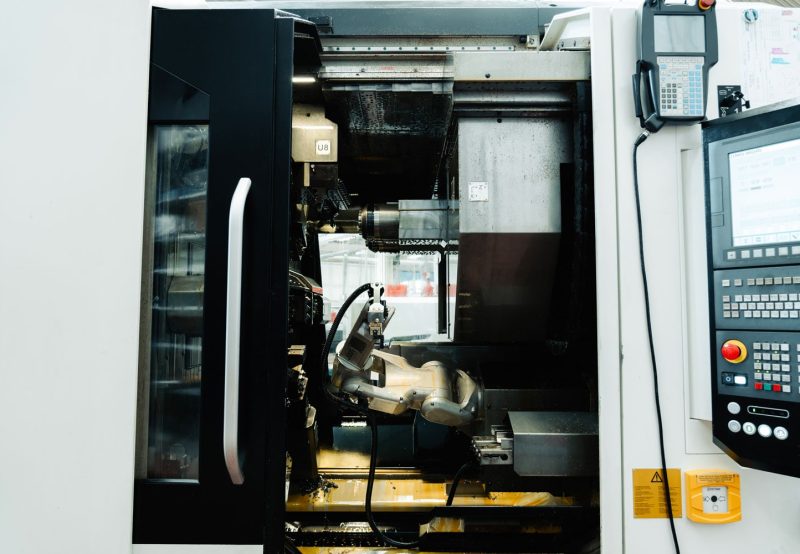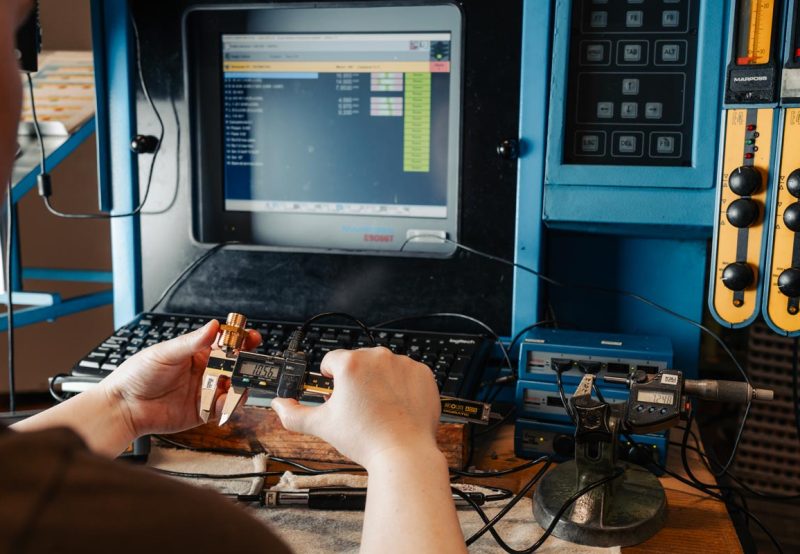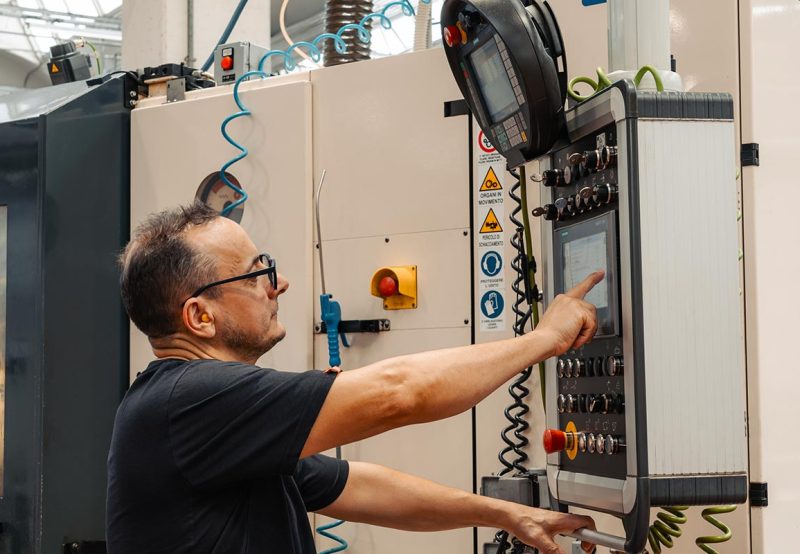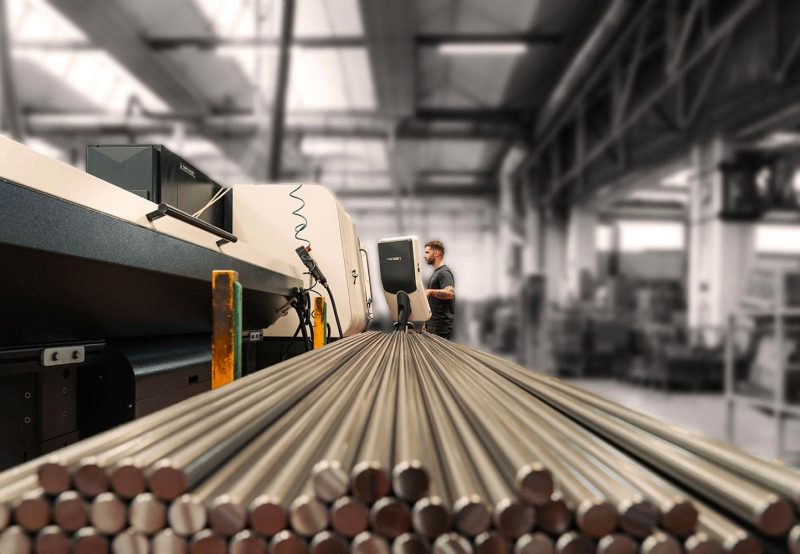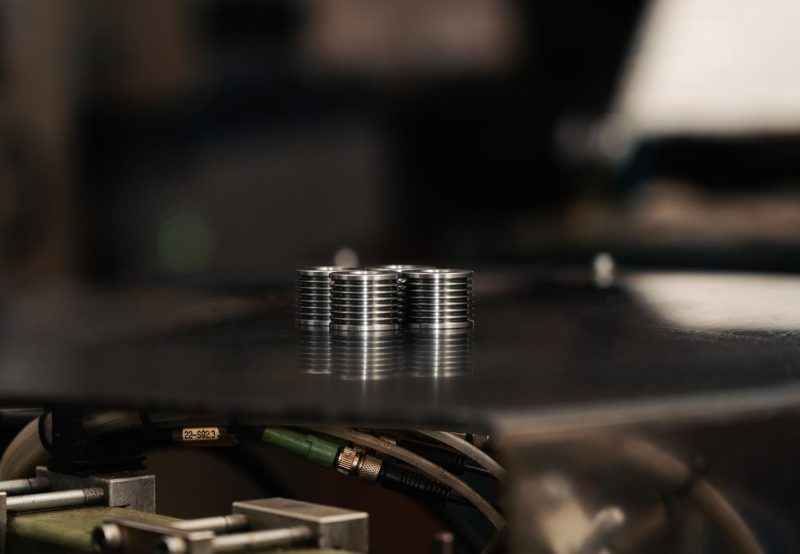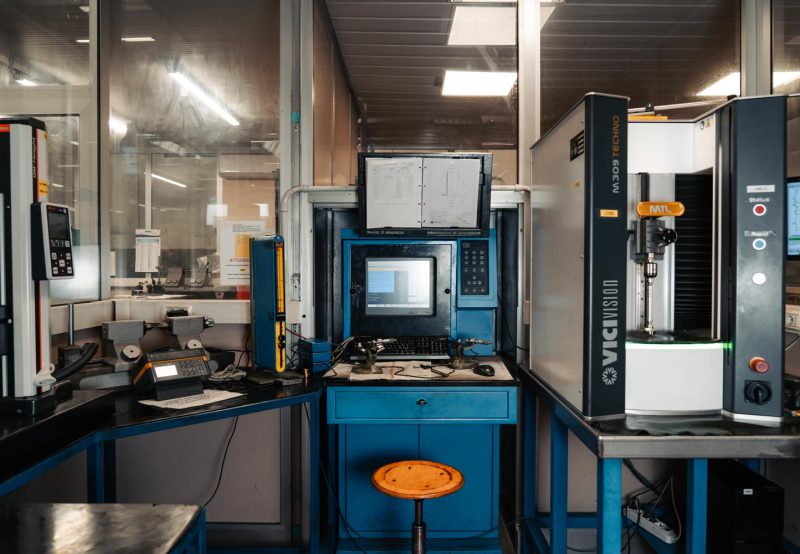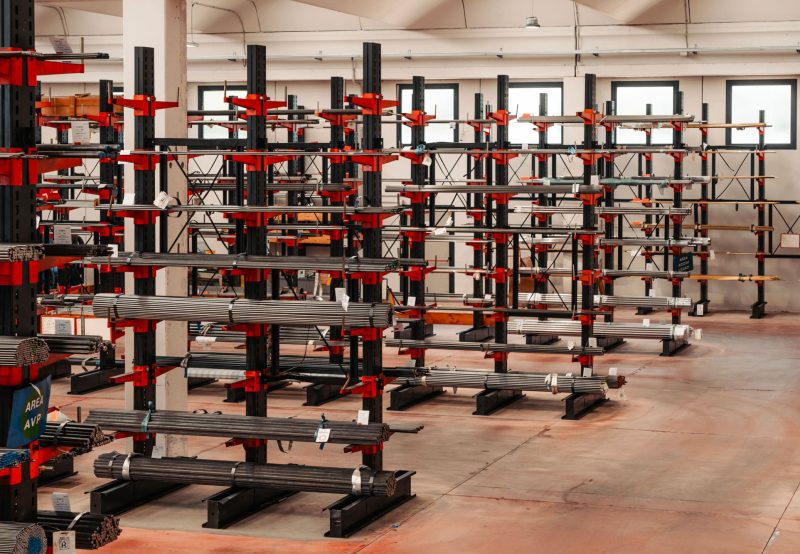Bar turning is a central process in precision mechanical manufacturing. Versatility, speed, and the potential for automation make this technology a widely adopted solution, able to meet the needs of industries ranging from automotive to household appliances, from electromechanical to medical. Accurate machining requires the ability to manage certain technical challenges which, if not properly addressed, can compromise both the quality of the finished part and the overall production efficiency.
Managing Vibrations in Bar Turning
One of the most frequent issues in bar turning involves the management of vibrations. When the part being machined is particularly long or the tool is subject to critical cutting conditions, instability may occur, resulting in surface defects and dimensional inaccuracies.
Vibrations can be caused by excessive deflection of the bar during rotation, generating oscillations that propagate throughout the entire machine-tool-part system. Inadequate cutting parameters, such as excessively high spindle speeds or non-optimized feed rates, may amplify these phenomena. Insufficient support of the bar through guides or tailstocks can also worsen the situation.
To effectively counter vibrations in bar turning operations, it is essential to adopt calibrated guide systems capable of providing constant support along the entire machining length. The use of adjustable tailstocks helps maintain perfect bar alignment, significantly reducing oscillations. From a process parameter perspective, optimizing cutting speed and feed rate through material- and geometry-specific calculations enables more stable conditions. The use of tools with geometries specifically designed to reduce cutting forces provides an additional improvement in bar turning.
Tool Breakage in Bar Turning
Another critical issue is premature tool breakage. In an automated production cycle, such an event not only results in replacement costs but also in machine downtime and a high risk of scrap.
Causes may include accelerated wear due to particularly hard or abrasive materials, thermal shocks from sudden temperature changes during the process, non-optimal lubrication strategies, or overly aggressive cutting parameters.
Accurate preventive maintenance, together with careful selection of cutting tool materials and constant control of the cooling system, helps reduce these risks significantly.
Inadequate selection of tool geometry for the material being machined is often a determining factor in premature deterioration.
Preventing tool breakage requires a systematic approach, starting with the correct selection of tool materials and geometries. Programming optimized cutting cycles also reduces mechanical and thermal stress. The implementation of real-time monitoring systems in bar turning allows the detection of anomalies before irreversible damage occurs.
Dimensional Inaccuracies in Bar Turning
Dimensional inaccuracies are another critical factor in bar turning. Even minimal deviations can compromise the functionality of a component, especially in industries where tight tolerances are required.
Thermal expansion due to continuous machining or imperfect machine calibration causes dimensional variations. Progressive tool wear gradually alters the dimensions of the machined part. Positioning errors and mechanical play in the motion system further contribute to geometric deviations.
The implementation of automatic thermal compensation systems allows real-time correction of variations due to thermal effects. The use of high-quality tools with tight manufacturing tolerances ensures greater dimensional repeatability. In-process measuring systems allow constant monitoring of part dimensions and the application of immediate corrections during bar turning.
Maximum Quality in Bar Turning with Sarbo
Investing in advanced monitoring and control technologies is a strategic choice for companies aiming to excel in automatic bar turning. The equipment used by Sarbo is state-of-the-art and constantly updated.
Collaboration with specialized tool and machine suppliers enables access to the latest innovations and the development of solutions for specific applications. The performance of the equipment is constantly monitored through the OEE system (Overall Equipment Effectiveness). In addition, high-quality raw materials are sourced from leading bar stock manufacturers to ensure high standards of uniformity and strength in the final product.
Bar turning personnel operate in accordance with certified quality procedures and the Lean Production principles integrated within the company.
Discover Sarbo’s expertise and reliability in bar turning.

